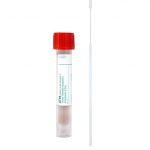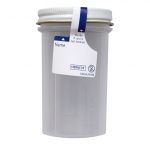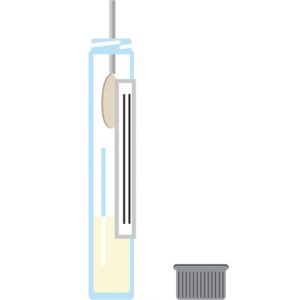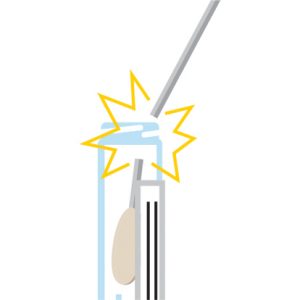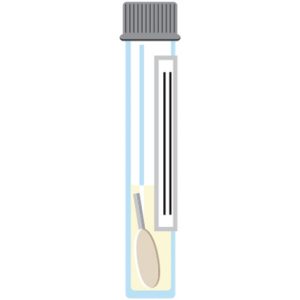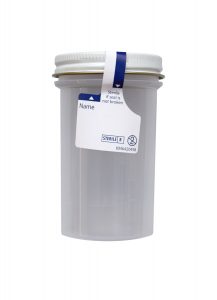Special Communication
Update: Cytogenetic Karyotyping & Chromosomal Microarray Testing
Cleveland Clinic Laboratories (CCL) remains committed to supporting patients and providers during the COVID-19 pandemic.
To meet the current demands for COVID-19 PCR testing, Cleveland Clinic Laboratories is temporarily reassigning some of our molecular pathology technologists to this effort.
As a result, cytogenetic karyotyping and chromosomal microarray testing will temporarily be sent out to a partnered reference laboratory. This will allow COVID-19 testing to continue uninterrupted while we increase our testing capacity.
What Tests Are Affected
Starting Monday, August 24, 2020, Cleveland Clinic Laboratories will begin temporarily sending these tests to Quest Diagnostics.
Test Name
CCL Test Code
Send-out Test Code (Quest)
Expected TAT
Chromosome Analysis, Bone Marrow w/ Reflex SNP Array
9 Days
13 Days
Chromosome Analysis, Solid Tumor (Lymph Nodes)
22 Days
11 Days
Test Name
CCL Test Code
Send-out Test Code (Quest)
Expected TAT
Timing
Starting Monday, August 24, 2020, Cleveland Clinic Laboratories will begin temporarily sending these tests to Quest Diagnostics.
CCL estimates that this process will continue for several months. We will return these tests in-house as soon as possible and communicate any changes once they are available.
Turnaround Time
In some instances, we anticipate that turnaround times (TAT) may be impacted. CCL will do everything possible to minimize delays.
Ordering & Results
There are no changes to the ordering process.
Test results will continue to be available via the Atlas portal or faxed results. Please contact your CCL Sales representative as necessary for further support in retrieving these results.
Billing
At this time, we do not anticipate any changes to the billing process.
Pricing will reflect costs associated with sending out these tests. A Cleveland Clinic Laboratories representative will communicate any price changes directly to clients.

